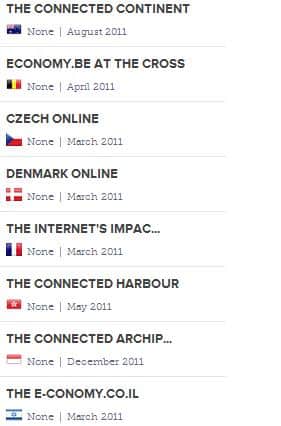Last year at the Google I/O developer conference, Google launched Compute Engine, a cloud computing platform that allows developers to run their apps on Linux virtual machines hosted on Google’s massive infrastructure. Only few developers could access to this service and for that they had to either get an invitation or go through Google’s sales teams. Now, any developer will be able to use Google’s Compute Engine! Keep reading for further details.
Google announced on April 4 through its Developers Blog that developers who will subscribe to Google’s $400 per month Gold Support package with 24/7 phone support will be able to access Google’s Compute Engine without the need to talk to sales or an invitation. The support package only gives developers the ability to use Compute Engine. So developers will still have to pay the usual usage-based fees to access the infrastructure.
From now on, users have the option of booting from persistent disks that are mounted as the root file system, get persistent disk snapshots, check and restore contents of network resident persistent disks on demand, and attach and detach persistent disks from running instances.
On the other side, Google has decided to drop all of its instance prices by 4 percent. Now developers will be able to the Compute Engine at $0.132 per hour for the smallest virtual machine and at $1.211 per hour for an eight-core machine with 52GB of memory and two 1,770GB hard drives. You’ll get the full pricing details here.
Marc Cohen of the Google Cloud Platform team said, “We’ve also made it easy to migrate virtual machine instances from one zone to another via an enhancement to our gcutil command line tool. An enhanced metadata server, with the ability to support recursive queries, blocking gets and selectable response formats, along with support for updating virtual machine tags and metadata on running instances (which enables dynamic reconfiguration scenarios).”
Google says that it has also added the following features to Compute Engine:
- The option to boot from persistent disks mounted as the root file system, persistent disk snapshots, the capability to checkpoint and restore the contents of network resident persistent disks on demand, and the capability to attach and detach persistent disks from running instances.
- An improved administration console, the Google Cloud Console (preview), which allows you to administer all your Google Cloud Platform services via a unified interface.
- Five new instance type families (diskless versions of our standard instance types, plus diskful and diskless versions of high-memory and high-CPU configurations), with 16 new instance types.
- Two new supported zones in Europe, which provide lower latency and higher performance for our European customers. We’ve also made it easy to migrate virtual machine instances from one zone to another via an enhancement to our gcutil command line tool.
- An enhanced metadata server, with the ability to support recursive queries, blocking gets and selectable response formats, along with support for updating virtual machine tags and metadata on running instances (which enables dynamic reconfiguration scenarios).
Source: eWeek
Thanks To: Venture Beat
[ttjad keyword=”cloud-storage-drive”]




